45 latex enumerate with custom label
LaTeX list - Enumerate and Itemize - LaTeX-Tutorial.com For unordered lists, LaTeX provides the itemize environment and for ordered lists there is the enumerate environment. The elements within both environments have to be declared beginning with the \item command. The following code examples show how to use the most common types of lists you're going to use in your document. Tutorial - List in LaTeX Enumerate - This is a default style. Itemize - The list can be customized by using the command \ListProperties (...) and the customizations made can be reset using the command \NewList. The command has various parameters which are discussed below: The style parameter is used to set the style of the counters and text.
LaTeX Typesetting - Part 1 (Lists) - Fedora Magazine Prefix the name of the desired style with label=. Place the parameter, including the label= prefix, in square brackets on the \ begin command as demonstrated below. % Second method \begin {enumerate} [label=\Alph*.] \item Fedora 32 \item Fedora 31 \item Fedora 30 \end {enumerate} List styling method 3 - on the document
Latex enumerate with custom label
Lists - Overleaf, Online-LaTeX-editor Examples: customizing labels of enumerate lists. You can configure LaTeX's standard labelling by using \renewcommand to redefine the label-generating commands and, ... The enumitem package is the recommended method for modifying standard LaTeX lists or creating your own custom list formats. lists in LaTeX - steeven9.github.io Introduction and basic syntax of a list. Lists are a widely used enviroment in LaTeX, allowing to format a set of items in a well ordered manner. A list enviroment is started with the expression \begin {*list type*} and closed with \end {*list type*}, each item of the list is declared with \item {put your content here} . PDF Customizing lists with the enumitem package - BaKoMa TeX Customizing lists with the enumitem package Javier Bezos Version 2.2 2009-05-18 1 Introduction When I began to use LATEX several year ago, two particular points annoyed me because I found customizing them was very complicated |headlines/footlines and lists.
Latex enumerate with custom label. Lists in LaTeX with the enumitem Package - Nick Higham An example of a customization possible with enumitem is \begin {enumerate} [label=X\arabic*.,ref=X\arabic*] \item\label {item1} ... \end {enumerate} This enumerated list has labels X1, X2, etc., and a reference such as "see \ref {item1}" reproduces the label: "see X1". Description environments can also be customized (I use these very little). Latex Lists - Javatpoint LATEX LISTS. The Latex lists are used to add any additional packages. There are three types of lists. One is the enumerate list, which produces the numbered list. The second is itemize, which is used for the bulleted lists.The third one is the description list, which is neither bulleted nor numbered.In Latex, each list is defined by the \item.Through this method, sub-lists can also be created. PDF Customizing lists with the - TeXnia The parameters controlling the label spacing should be properly set, either by hand or more conveniently with the * settings (see below): \begin{enumerate}[label=\Roman*., align=left, leftmargin=*] When the label box is supposed to have its natural width, use left. \SetLabelAlign{hvaluei}{hcommands } PDF The enumerate package - CTAN one of two\label{LB} \item two of two \end{enumerate} \end{enumerate} \begin{enumerate}[{A}-1] \item one\label{LC} \item two \end{enumerate} \label and \ref may be used as with the standard enumerate environment. \ref only produces the counter value, not the whole label. \ref prints the value ∗This file has version number v3.00, last revised ...
list (LaTeX environment) | LaTeX Wiki | Fandom mylist can be then be used as follows: \begin{ mylist } \item step 1 \item step 2 \item[Awesome label] Amazing description \end{ mylist } The mandatory first argument labeling specifies the default labeling of list items. It can contain text and LaTeX commands. LaTeX forms the label by putting the labeling argument in a box of width \labelwidth. LaTeX/Labels and Cross-referencing - Wikibooks The \crefrange{}{} and \cpagerefrange{} commands expect a start and end label in either order and provide a natural language (babel enabled) range. If labels are enumerated as a comma-separated list in the usual \cref{} command, it will sort them and group into ranges automatically. The format can be specified in the preamble. Bullet styles in LaTeX: Full list - LaTeX-Tutorial.com Once inside the environment, we can write normal LaTeX text, but every time we use the \item command a new line in the output will be started, with the corresponding bullet at the beginning. Here is a simple example of the use of this environment: % Create unordered list in LaTeX \begin{itemize} \item The first item of the list. Overleaf - LaTeX: Lists, Tables, Images, and Labelling The labelling command in LaTeX can be used to index a figure or any other item (e.g., tables, examples, footnotes, etc.) in your document so that you can refer to it later. This command helps ensure that you refer to the right figure even if you add another figure before it. Use the \label{..} command to label an item in LaTeX.
Custom Labels in enumerated List - LaTeX.org The {enumerate} environment will do the rest for you. alainremillard wrote: There is an easier way. You can simply put your first label between square bracket. The {enumerate} environment will do the rest for you. Well, not really... unless you load enumitem with the shortlabels option. How do I make a custom environment? : LaTeX - reddit Unanswered. I want to make a custom environment for this right here: \begin {enumerate} [leftmargin=*,label=Example \arabic*)] \item A tractor pulls a felled tree along the ground for a distance of 200 m. If the tractor exerts a force of 500 N, how much work will be done? \emph {Solution:} Work done $=$ force $*$ distance moved in direction of ... Lists - Overleaf, Editor LaTeX Online You can configure LaTeX's standard labelling by using \renewcommand to redefine the label-generating commands and, for the enumerate environment, you can also use the appropriate counter variable. Here are some examples which do this without using the enumitem package. Practical example LaTeX example: enumerate and itemize line spacing The LaTeX example below shows how to create your own command named packed_enum. After you define this command, just use it instead of enumerate or itemize, and your line spacing will essentially be reduced to single line spacing. Note that this problem does not occur when you're generating LaTeX HTML documents, but does rear it's ugly head when ...
How to align an enumerated list in latex? - Stack Overflow 1 Suppose I want to center align the enumerated list. I did this: \begin {center} \begin {enumerate} [label= (\Roman*)] \item Equation 1 \item Equation 2 \item Equation 3 \item Equation 4 \end {enumerate} \end {center} This is not working nicely. I have also tried without 'enumerate' and just 'center' and labeling manually.
LaTeX: Roman numbers in enumerate list and adjust space between list ... In the below example code, I have displayed five different forms of enumerate list: a) the default enumerate list, b) enumerate list with roman numerals, c) list with roman numbers and no separation space in top and between items, d) list with capital roman numbers, and e) list starting from 5. \documentclass{report} \usepackage{enumitem}
LaTeX Tutorial-Labels - Claremont McKenna College The program first goes through the document and finds all the labels and writes them to an auxiliary file. When run again, it can properly write and link to the labels. Since the TeX program that does the base compilation is old, it was written for computer that had very little RAM. Consequently, LaTeX stores data between runs in output files ...
First Pomery to visit Pommery! - Review of Champagnes ... - Tripadvisor Here our guide explained more about Madame Pommery and the process of making champagne making. They currently have their Bleu Brut exhibition on with the emphasis on lots of the rich royal blue that Pommery is famous for on their label and lots of contemporary art installations in the various cellar rooms.
Review of Veuve Clicquot-Ponsardin, Reims, France - Tripadvisor A further highlight of the tour was drinking the vintage and of course the Yellow label champagnes A very memorable day and trip to Reims - it's a bucket list adventure. Date of ... Private & Custom Tours. Food, Wine & Nightlife. Reviews (940) Write a review. Filter reviews . 940 results . Traveler rating. Excellent 600. Very good 228 ...
Fancy Labels and References in LaTeX - texblog The referencing functions in LaTeX are pretty powerful. In this article we want to illustrate some of those features and present packages that extend on them. The basic functionality is easy to understand: place a \label {key} behind a chapter, sectioning command or an image or table and assign a unique (!) key to it.
Glossaries and lists - LaTeX.net You can simply provide your own custom text with \glslink{label}{text} or \glsdisp{label}{text} These both have the same syntax where the first argument is the entry's label and the second is the custom text. If your document has loaded the hyperref package then the custom text will link to the corresponding place in the glossary. For example:
lists - enumerate custom label - TeX - LaTeX Stack Exchange 1 Answer. With enumitem package you can create your own enumeration using \newlist, where you can define view of it and then use it instead of default enumeration: \documentclass {article} \usepackage {enumitem} \newlist {UR} {enumerate} {1} \setlist [UR] {label=UR-\arabic*:} \begin {document} \begin {UR} \item First \item Second \end {UR} \end ...
Lists: Enumerate, itemize, description and how to change them The enumerate-environment is used to create numbered lists. If you like to change the appearance of the enumerator, the simplest way to change is to use the enumerate-package, giving you the possibility to optionally choose an enumerator. 1 2 3 4 5 \usepackage{enumerate} ... \begin{enumerate} [I]%for capital roman numbers. \item \end{enumerate} 1 2
Making Your Own Lists in LaTeX and LyX - Troubleshooters.Com The label code is all code used to create the bullet or the numbering or whatever delineates a new list item. It can contain font properties, typefaces, the width of the label, and/or a counter to be displayed with commands like \alph, \Alph, \roman, \arabic and the like.
PDF Customizing lists with the enumitem package - BaKoMa TeX Customizing lists with the enumitem package Javier Bezos Version 2.2 2009-05-18 1 Introduction When I began to use LATEX several year ago, two particular points annoyed me because I found customizing them was very complicated |headlines/footlines and lists.
lists in LaTeX - steeven9.github.io Introduction and basic syntax of a list. Lists are a widely used enviroment in LaTeX, allowing to format a set of items in a well ordered manner. A list enviroment is started with the expression \begin {*list type*} and closed with \end {*list type*}, each item of the list is declared with \item {put your content here} .
Lists - Overleaf, Online-LaTeX-editor Examples: customizing labels of enumerate lists. You can configure LaTeX's standard labelling by using \renewcommand to redefine the label-generating commands and, ... The enumitem package is the recommended method for modifying standard LaTeX lists or creating your own custom list formats.





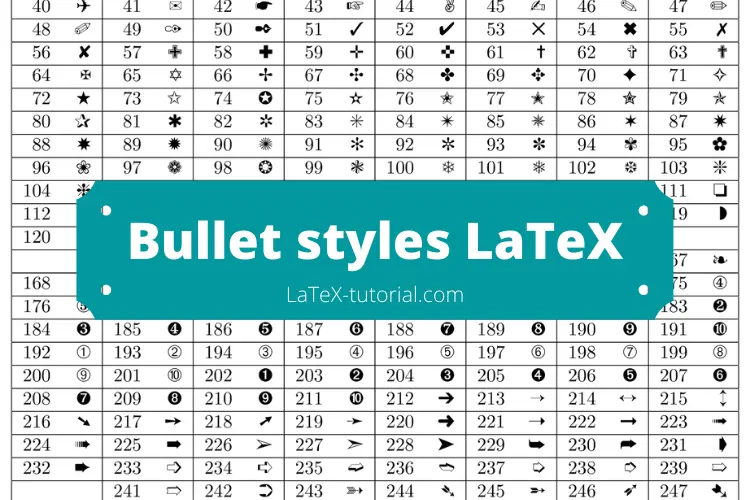

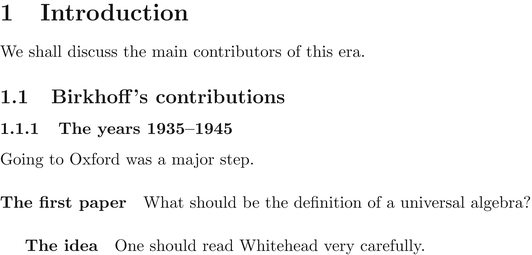
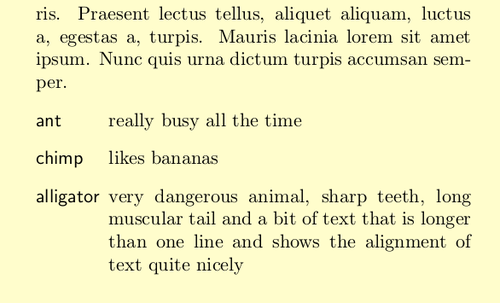
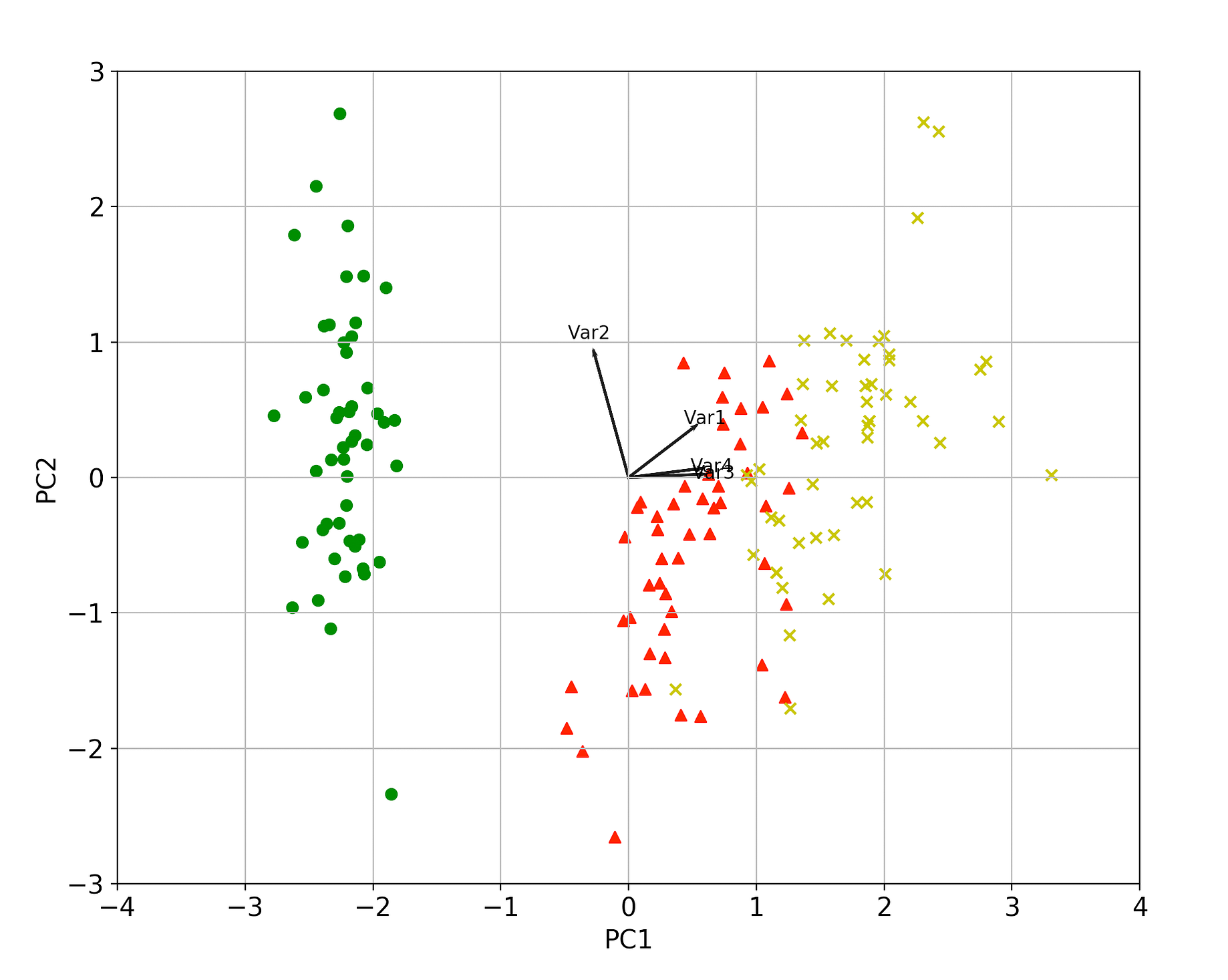
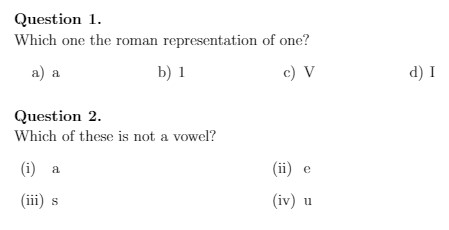






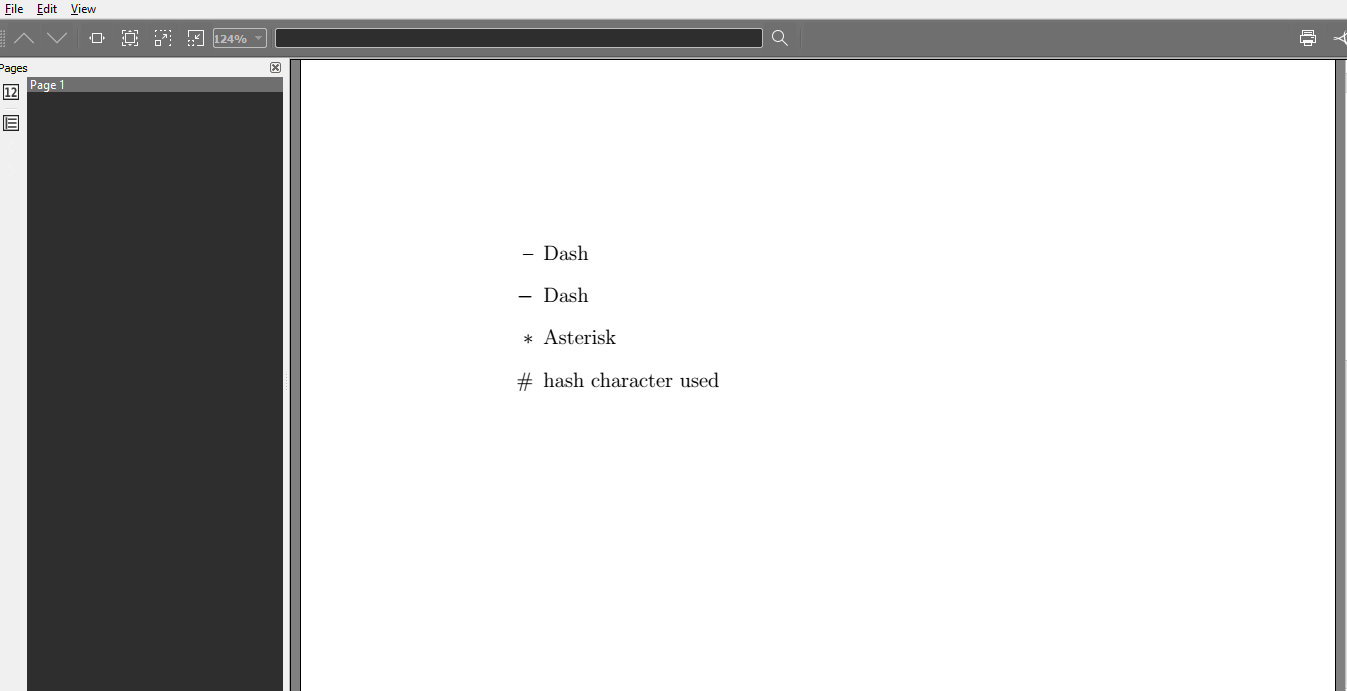

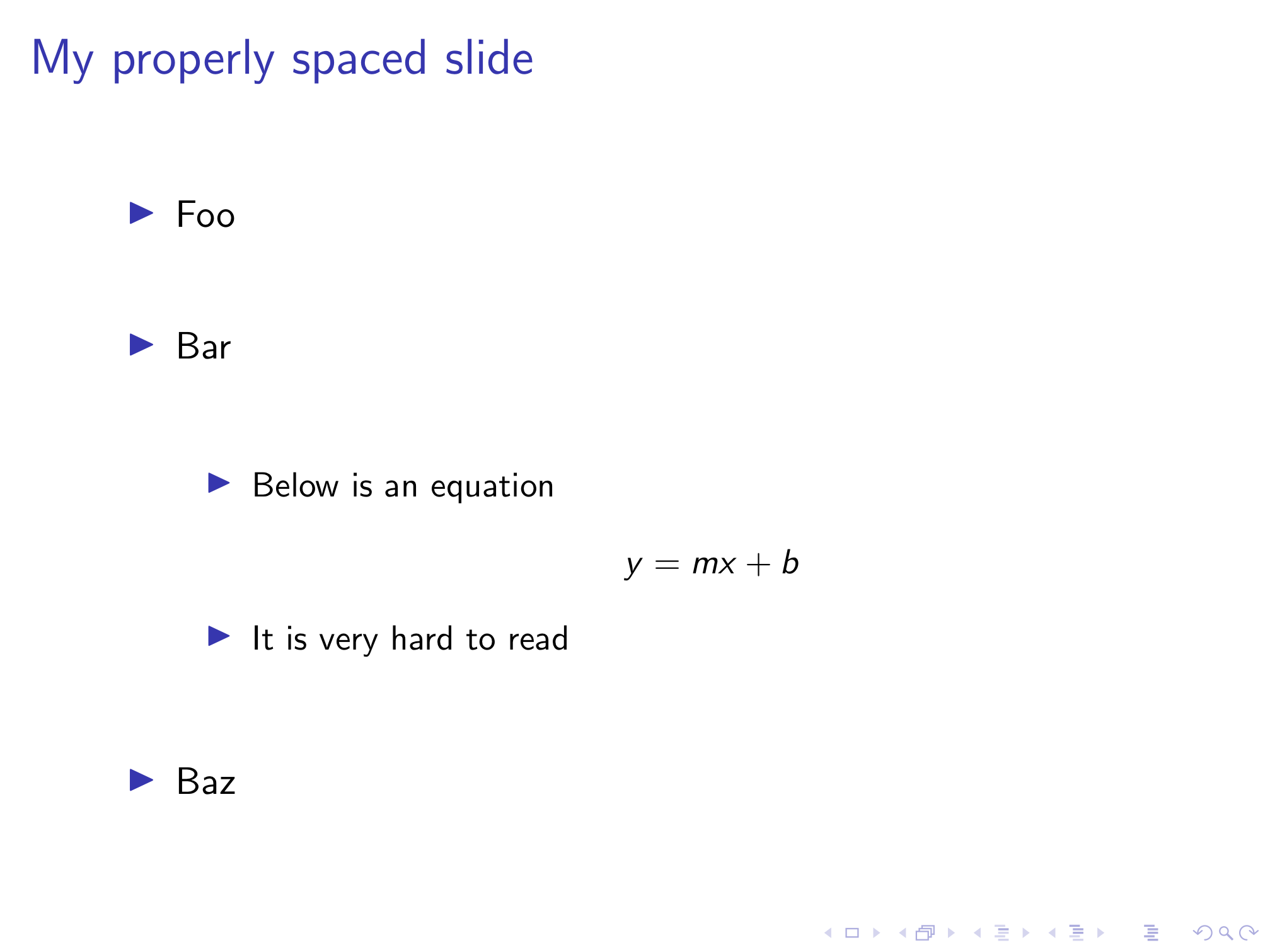




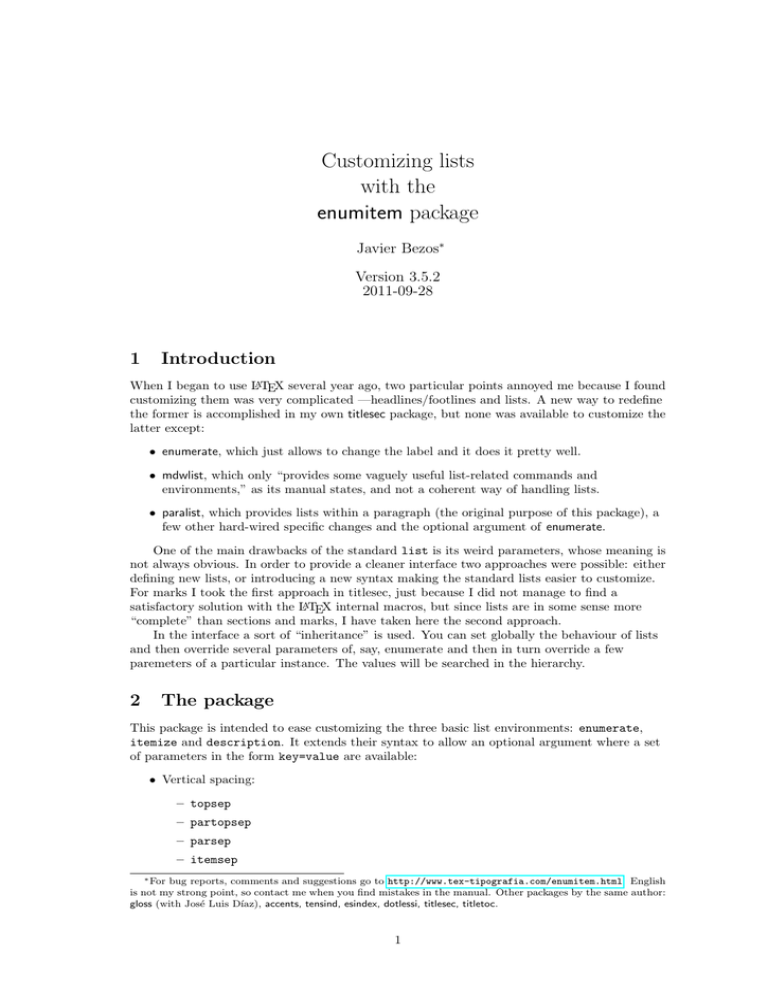
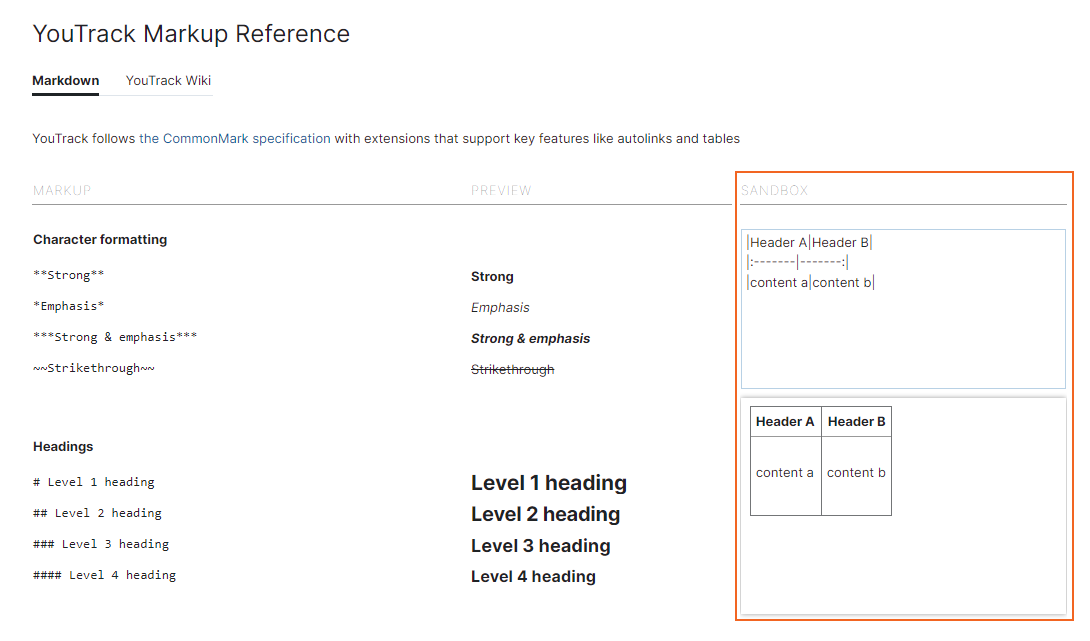
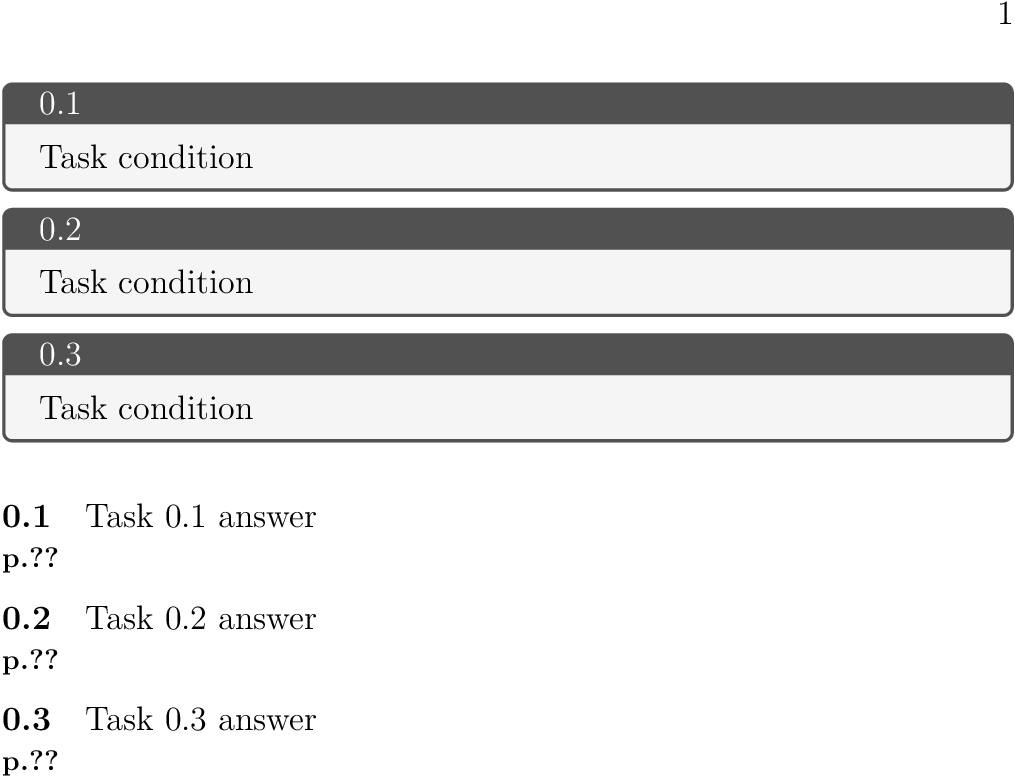

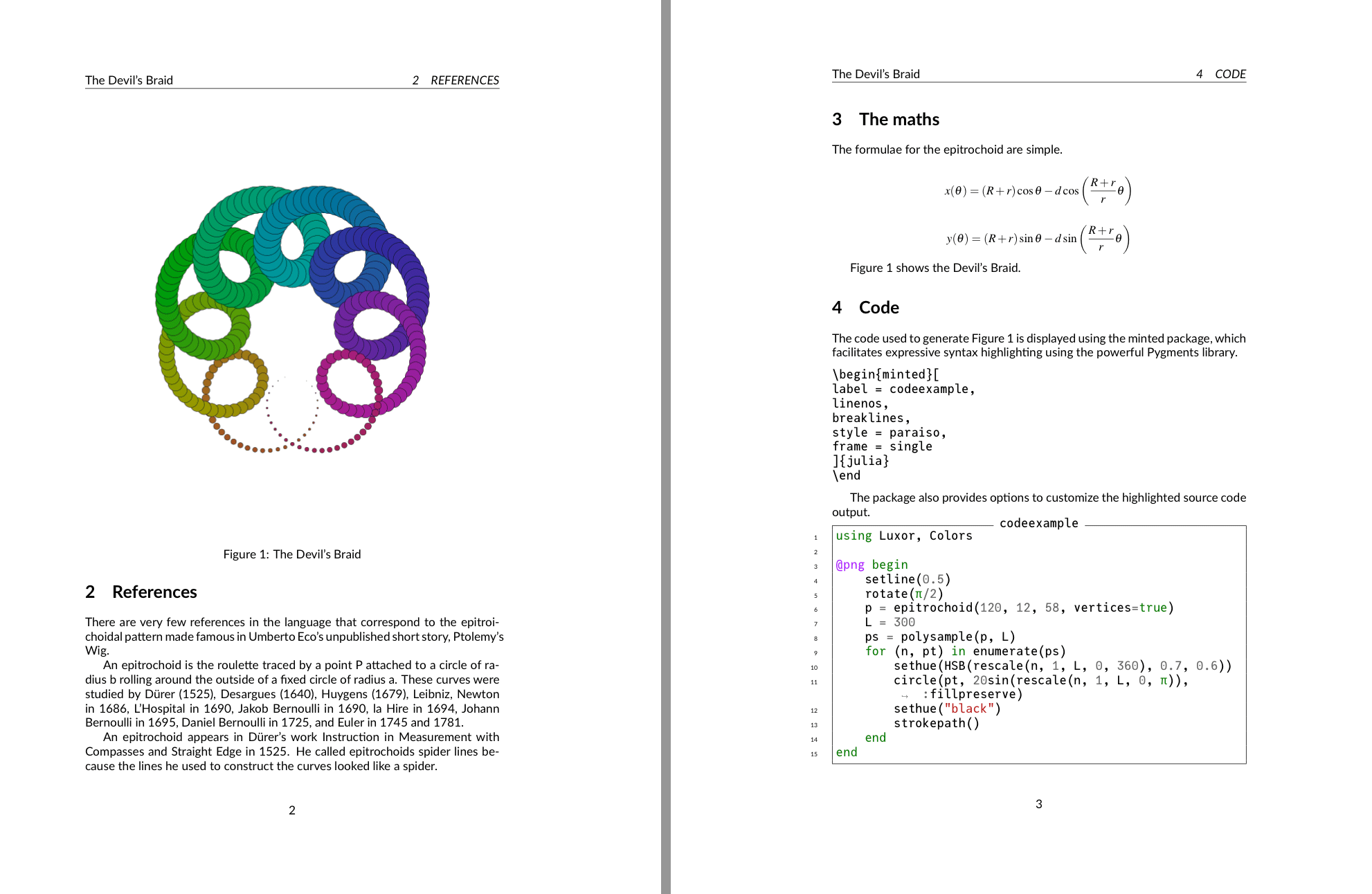
![i3|rofi|Emacs|zathura] MAGENTA! no statusbar, everything ...](https://preview.redd.it/yfag1yfzwdn61.png?width=640&crop=smart&auto=webp&s=d601ae03caa5ef1b0ec6b6286bca0b23e1de5624)
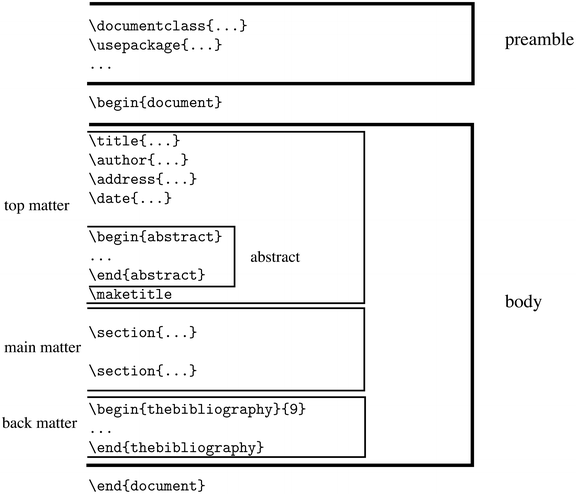
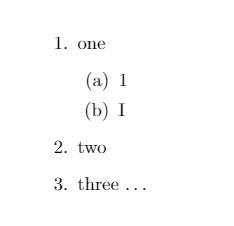




Post a Comment for "45 latex enumerate with custom label"